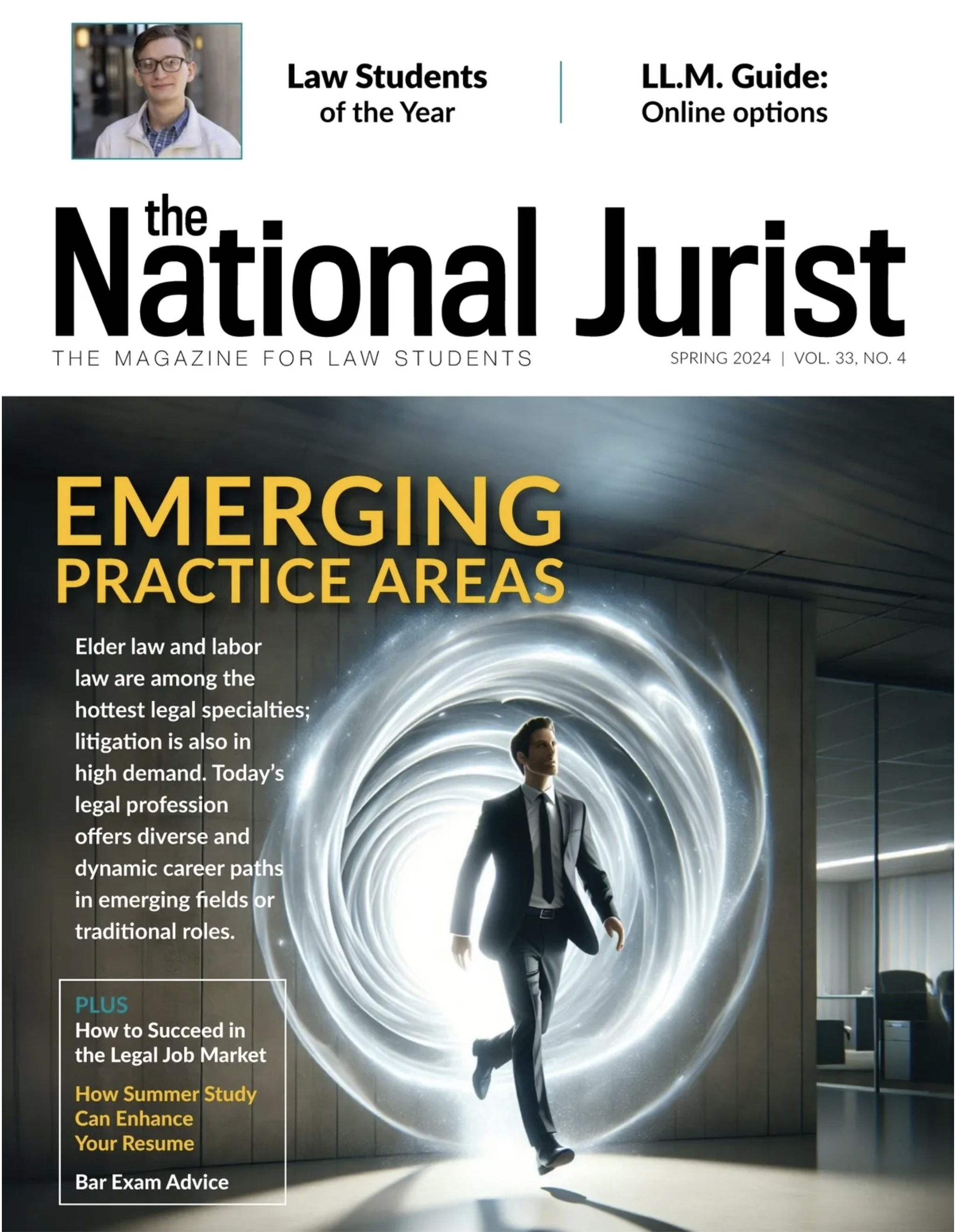The law firm world that we have all known is changing. Fueled by new economic realities. Law firms are beginning to adapt to a new reality. And that makes it hard for law students to understand the part they care about the most — the entry-level hiring market.

As someone who spends a large amount of time studying the history and structure of the legal services industry, I might have some useful insight on the vagaries of the current job market, including how things might change in the future.
Here are three relevant observations:
1. The traditional law firm hiring model (pedigree and grades) doesn’t do a very good job of selecting candidates who are likely to succeed as large firm litigators or corporate lawyers.
2 The traditional credential-based model is gradually being dismantled because clients are no longer willing to absorb the cost of bad hiring decisions.
3. The skills and behaviors you need to set yourself apart are not taught in law school—indeed, your typical law professor is completely unqualified to serve as your jungle guide.
How we got here
Although these observations may seem extravagant, they make more sense when placed in historical context. At the beginning of the post-World War II era, the vast majority of U.S. lawyers were general practitioners working as self-employed businessmen. They did not make much money, primarily because there were more generalist lawyers than work.
In contrast, the average partner working in a “large” law firm made approximately five times as much as the typical solo practitioner. Although big firm lawyers comprised only a small fragment of the private practice bar (less than 4 percent of lawyers worked in firms with five or more partners), they had specialized skills that were in short supply relative to demand.
For the next several decades, market forces favored the larger law firms. During this time period, the rise of the administrative state and the growth of transnational commerce created an enormous need for sophisticated business lawyers. And the only credible way to fill this talent gap was for the specialists — the partners in large firms — to train younger lawyers (associates).
Indeed, if a firm had an established reputation, the business clients were willing pay for this training.
Historically, the leading business law firms recruited at elite, Ivy League law schools, in part because these schools had full-time, learned faculty and required an undergraduate education. In the days before the LSAT and stringent state bar admissions standards, there was a general belief that the Ivy League model produced better thinkers and problem-solvers.
After lawyers and law professors organized themselves nationally — through the ABA and the Association of American Law Schools — they were then able to successfully lobby state governments to adopt the Ivy League model as the template for all law schools. This movement coincided with the rise of the great public law schools, which made legal education affordable to a large number of first generation professionals.
These changes in legal education substantially diluted the business rationale for law firms to recruit at elite law schools. But, the self-image of law firms had become intimately intertwined with the educational pedigree of their lawyers. And because large firms were still only a small proportion of the total legal market, any pay premium for the top academic graduates was still small enough to pass along to clients. In short, there was no economic downside to being an academic snob.
These favorable economic conditions lasted for several decades, and it became the industry-wide presumption that partners from the most elite schools were the best lawyers. The institutionalization of on-campus interviews by large law firms further perpetuated this pattern. In turn, 20-year-old college students looking for a reliable path to prestige and wealth set their sights on the so-called national law schools.
Most current law students are quite familiar with the rest of this story.
As the financial and technology sectors boomed in the late 1990s and early 2000s, law firms went on a hiring spree. And for the first time in history, the demand for elite law school graduates outstripped supply. This produced an entry-level job market that was “bi-modal”—a large proportion of graduates clustered at salaries of $40,000 to $50,000, a second large cluster at $140,000 to $160,000, and only relatively few jobs in between.
By William D. Henderson, professor of Law at Indiana University Maurer School of Law—Bloomington and director, Law Firms Working Group, for The National Jurist magazine. To read the full column, including Henderson’s reflection on “The World Today,” pick up the November National Jurist at your law school stand or read it in the digital issue to publish Nov. 2.

